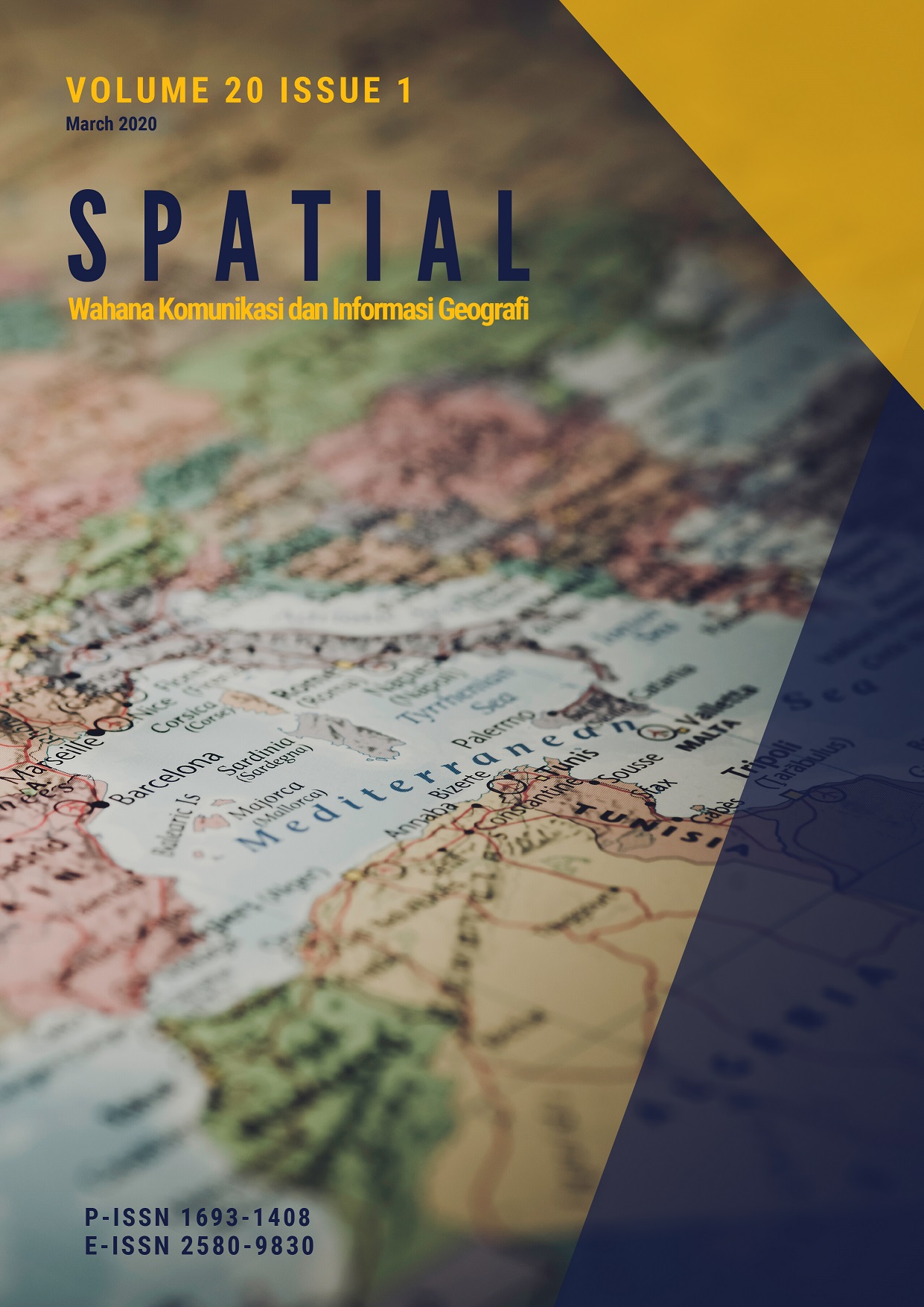Spatial Analysis of Earthquake Vulnerability Based on Geographic Information System (GIS) in Disaster Mitigation Efforts
Keywords:
Vulnerability Analysis, GIS-Based, MitigationAbstract
The earthquake that occurred in the south of Tasikmalaya caused quite severe damage in several areas, one of which was the Pangalengan District in Bandung Regency. The purpose of this research is to identify the impact of damage, specifically buildings due to the earthquake and identify physical and social factors that cause vulnerability in Pangelang District. The research method is descriptive qualitative, secondary data from the literature related to the problem being examined, in the form of regulatory documents, the results of previous studies related to the research location, interpretation and analysis of geological maps, maps of the earth, maps of earthquakes and land use. The results showed that geologically the physical condition of the land in the Pangalengan sub-district was prone to the threat of an earthquake disaster. Based on the assessment of land capability, including unstable land with typology of earthquake-prone type C areas, there are more than 2 mutually damaging factors. Rock types with weak physical properties, close to fault zones, steep slope and high earthquake intensity. In addition to geologically vulnerable land conditions, social factors also contribute to the level of damage, namely the condition of houses that are not earthquake-friendly, settlement patterns are clustered, the level of population density and community knowledge about disasters is still lacking.
Downloads
Published
How to Cite
Issue
Section
License
An author who publishes in the journal SPATIAL Wahana Komunikasi dan Informasi Geografi agrees to the following terms:
Author retains the copyright and grants the journal the right of first publication of the work simultaneously licensed under the Creative Commons Attribution 4.0 License that allows others to share the work with an acknowledgement of the work's authorship and initial publication in this journal
Author is able to enter into separate, additional contractual arrangements for the non-exclusive distribution of the journal's published version of the work (e.g., post it to an institutional repository or publish it in a book) with the acknowledgement of its initial publication in this journal.
Author is permitted and encouraged to post his/her work online (e.g., in institutional repositories or on their website) prior to and during the submission process, as it can lead to productive exchanges, as well as earlier and greater citation of the published work (See The Effect of Open Access).
This work is licensed under a https://creativecommons.org/licenses/by/4.0/









